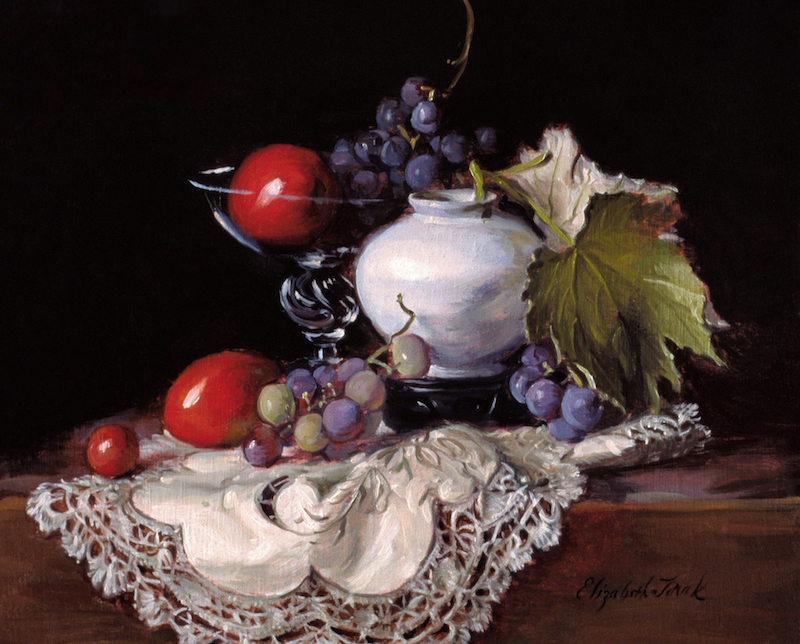
An exhibition at the Lyman Allyn Art Museum in New London, Connecticut examines the art and teaching legacy of Frank Vincent DuMond (1865–1951). DuMond taught at the Art Students League for fifty-nine years, instructing multiple generations of artists, including John Marin, Georgia O’Keeffe, and Everett Raymond Kinstler, among many others. With nearly sixty objects drawn from private and public collections, The Prismatic Palette presents DuMond’s own artistic production, including academic paintings composed in France, illustrations, murals, portraits, still-lifes, and landscapes. The exhibition also focuses on DuMond’s teaching, with art by some of his prominent students and material that explores DuMond’s “prismatic palette” method of pre-mixing strings of color for plein air painting, which is still in use today. Many of DuMond’s ideas were passed on to subsequent generations by Frank Mason, DuMond’s advanced student, who was elected by his peers to teach at the League following DuMond’s death in 1951. Mason had a remarkably long and productive career himself, teaching figurative art at the League until his death in 2009.
Frank Vincent DuMond
Born in Rochester, New York, Frank Vincent DuMond left home in 1884 to attend the Art Students League of New York. From 1888 to 1891, DuMond studied abroad in Paris with Gustave Boulanger, Jules-Joseph Lefebvre, and Benjamin Constant at the Académie Julian. DuMond began teaching at the League in 1892, and he married fellow art student Helen Savier in 1895. The couple traveled and painted in France for several years, before returning to the U.S., where Frank resumed teaching at the League in 1902.
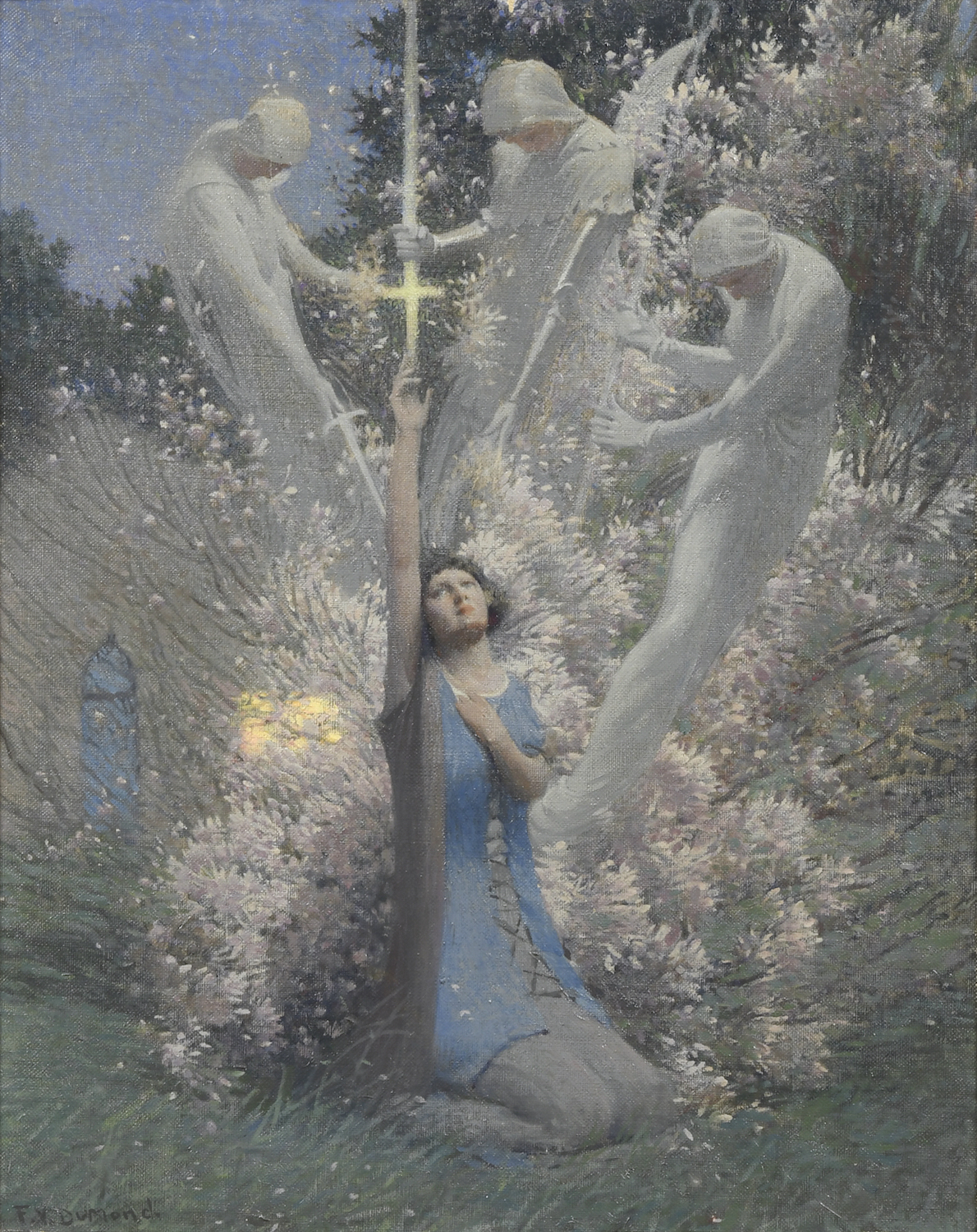
Like many American artists working at the turn of the twentieth century, DuMond found illustration work for magazines such as Harper’s Weekly and the Century. He illustrated books as well, including Mark Twain’s Personal Recollections of Joan of Arc (1896). A painting by DuMond in the League’s permanent collection shows Joan of Arc receiving divine instruction from three angels, guiding her efforts help retake France from English control in the fifteenth century. This scene, painted some years after Twain’s book, may be a reworking of an earlier sketch.
Teaching at the Art Students League
In 1952, Stewart Klonis, executive director of the League, declared: “No other man in the League’s history had any comparable influence on the League’s evolution.” Klonis noted that DuMond was responsible for several key changes in teaching, ushering in co-ed classes and abolishing prerequisite studies that had limited students’ access to live models. According to Klonis, throughout DuMond’s many years of teaching, his “personality and ideals [have] strongly affected the present method of the League’s art education.”
DuMond taught students not just how to draw and paint, but also how to see and think, discussing life, nature, and philosophy in his classes. Everett Raymond Kinstler recalled, “In the academic sense, DuMond was a traditional painter, with a remarkable ability to inspire the heart and stimulate the minds in his students. He believed in experimentation and curiosity… and discipline.” In addition to teaching two regular three-and-a-half-hour long classes six days a week in Studio 7 at the League for most of his career, DuMond held an open critique session on Sundays, where current and former students could bring their work.

A figure study from DuMond’s life drawing class in 1905 shows this classroom work. John Fabian Carlson arrived at the League in 1902 as a scholarship student and soon won awards for his work, including an honorable mention for this drawing. Carlson’s interests shifted to landscape under the influence of painter Birge Harrison at the League, and both Harrison and Carlson became involved with the Byrdcliffe art colony in Woodstock, NY, a connection that helped the Art Student’s League shift its summer school from Lyme, Connecticut, to better facilities in Woodstock, where Harrison became director in 1906, followed by Carlson (1911 to 1918).
While DuMond’s name is not as widely known as some of his League colleagues such as William Merritt Chase or John Sloan, his impact on students and on the curriculum of the Art Students League was far-reaching. In 1949, a League official remarked that it would be nearly impossible to compile a list of students who had studied with DuMond, so “it can be simply assumed that nearly everybody who has enrolled at the League since 1892…either is or was a DuMond student.” While this is perhaps an overstatement, it suggests DuMond’s longstanding role as paterfamilias at the League.
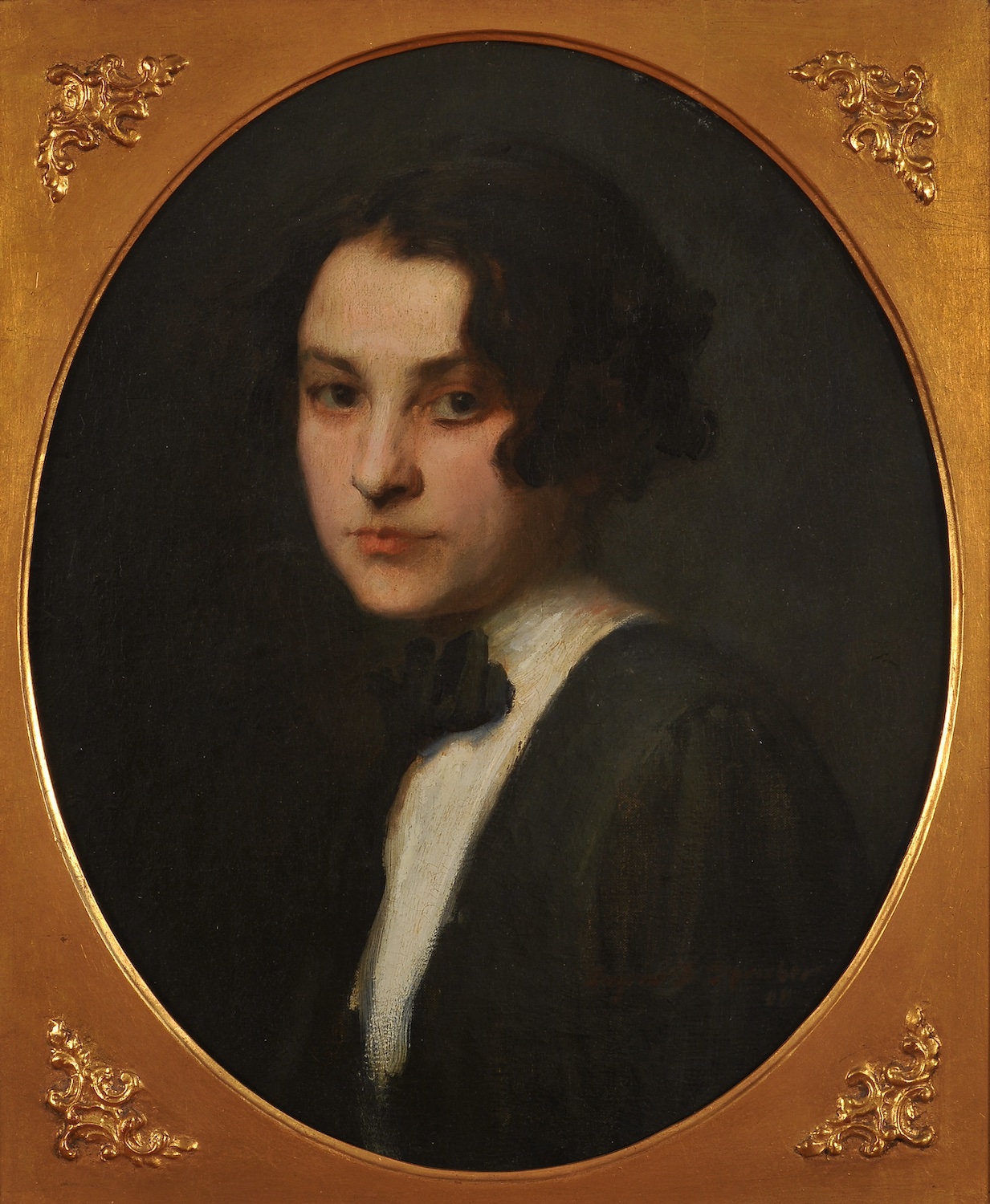
This portrait of the young art student Georgia O’Keeffe was painted for William Merritt Chase’s 1908 portraiture class at the League. Various sources list both Speicher and O’Keeffe as DuMond’s students, although the League’s registration records do not detail O’Keeffe’s connection. She may have attended DuMond’s Sunday critiques or had other informal instruction. Speicher’s interaction is better documented. He started his studies at the League in the fall of 1907, where he was “fortunate to come under Frank DuMond’s teaching and influence.” Writing in 1952, Speicher noted: “[W]hat success I have since had, is largely due to [DuMond’s] wise council and sympathetic understanding of my potentialities as an artist.”
Summer Instruction Plein Air
DuMond taught summer plein air painting in addition to his teaching during the academic year in Studio 7 at the Art Students League. Early in his career, DuMond brought a group of League students to Crécy-en-Brie, France, in 1893 and 1894, and he directed the Art Students League’s Summer School in Lyme, Connecticut, from 1902 to 1905. Although the League’s summer school moved to Woodstock, NY in 1906, Frank and Helen DuMond stayed in Lyme, buying a farm and house on Grassy Hill. DuMond taught summer plein-air painting sessions in the Margaree River Valley, Nova Scotia, between about 1927 and 1936, and in Vermont between 1939 and 1950, locations he favored for their wide river plains and mountainous terrain. “I like to paint in Vermont because of the great space there,” DuMond noted in 1949, explaining that “space and weather, and light…are the universal things.”
The Prismatic Palette
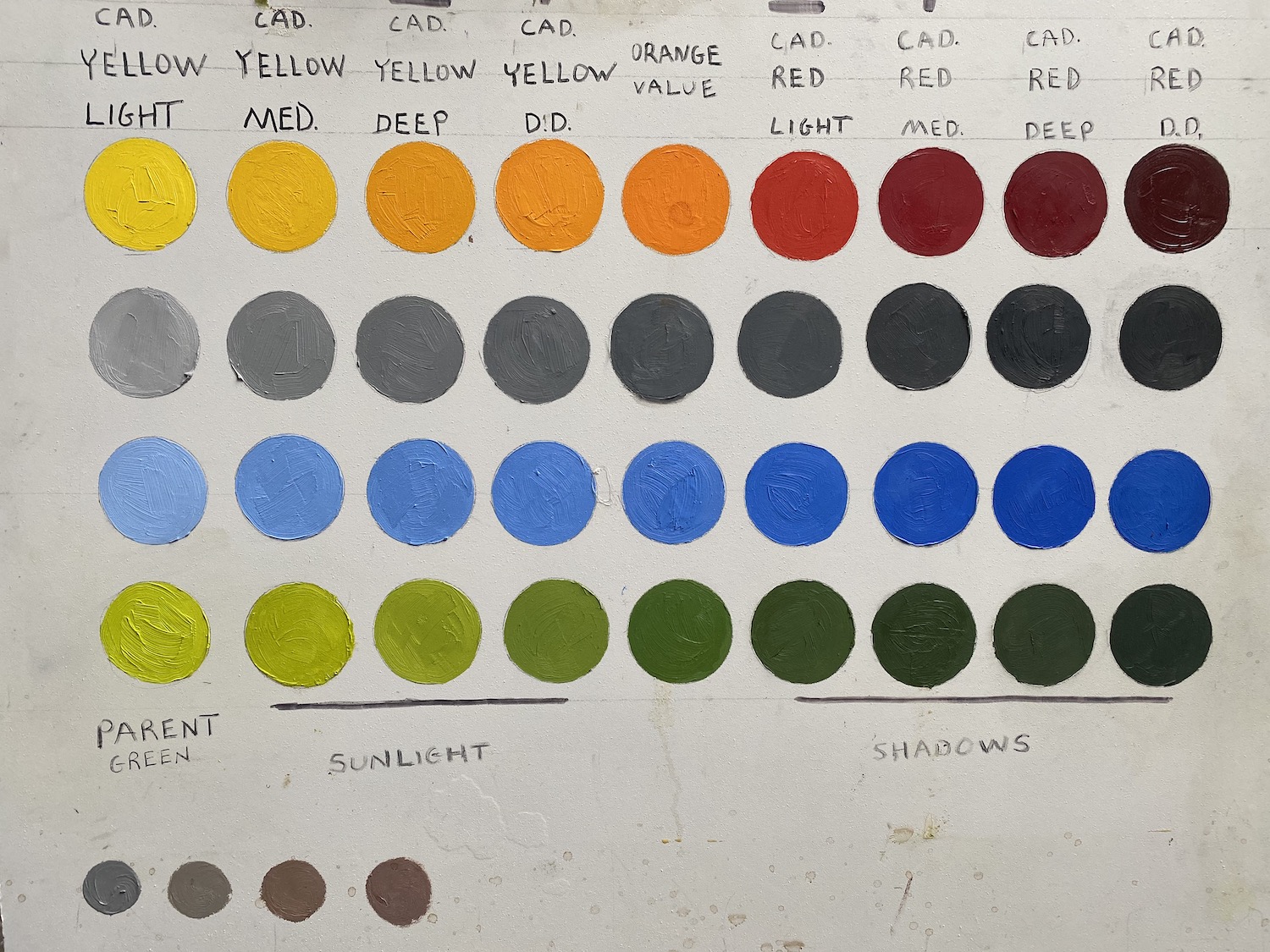
For painting landscapes en plein air, Frank Vincent DuMond taught his students a method of pre-mixing color strings in stepped values, moving from light to the dark value by creating color “notes” analogous to musical keys. This approach helped his students identify value and saturation to better understand how color is affected by light and shadow. The mixed colors could be transported in a paint box to save time and avoid having to mix them under fleeting light and weather conditions. In a 1940 article, DuMond wrote that “palettes, like keyboards, are simply natural sequences of prismatic colors in paint arranged to serve the clear minded creative demands of artists.” While nature can overwhelm the eye of the novice painter with “bewildering chaos,” DuMond advised that time and training could help artists see light, “revealing harmonic miracles in an eternally transforming cosmos.” DuMond likely first learned to premix colors in sequence during his studies in France, as it was an element of nineteeth-century art practice. His own success with this method, combined with his long career as an instructor, enabled him to distill and present ideas about technique and color theory in ways that resonated deeply with his students.
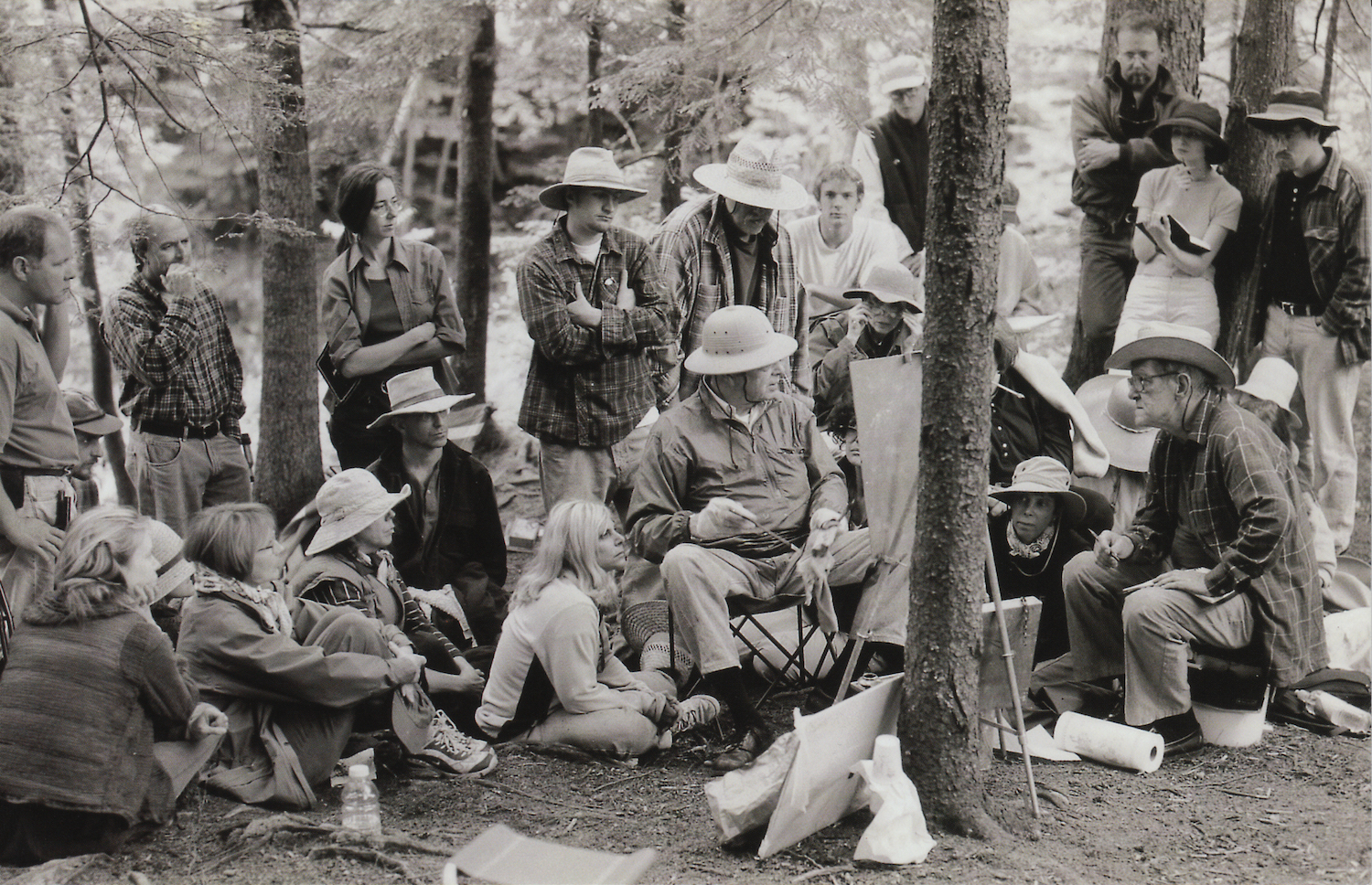
Frank Mason taught the prismatic palette to subsequent generations of students at the Art Students League and in plein air classes in New England, while other students taught elsewhere, including Arthur Maynard, who was affiliated with the Ridgewood Art Institute in New Jersey, and Frances Weston Hoyt, who led plein air classes in Nova Scotia, Vermont, and New Hampshire. A subsequent generation of artists is keeping the traditions of DuMond and Mason alive, including John Varriano and Thomas Torak, who teach at the Art Students League.
TANYA POHRT is Curator at the Lyman Allyn Art Museum in New London, CT. The Prismatic Palette: Frank Vincent DuMond and His Students opens June 19 and continues through October 3, 2021. On June 24 the Art Students League will present a live talk “The Prismatic Palette with Curator Tanya Pohrt and League Instructors John Varriano and Thomas Torak.”


